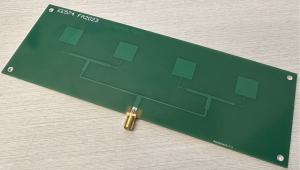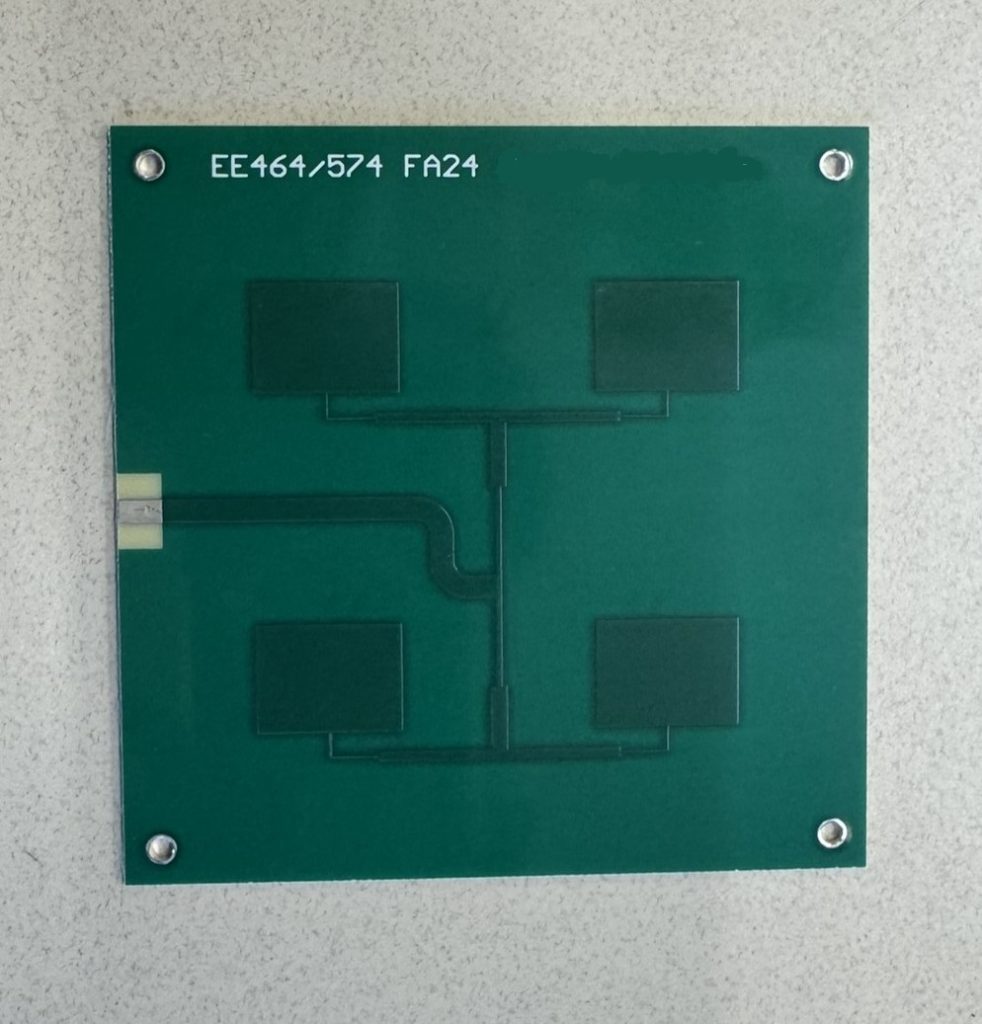EE 332: Devices and Circuits II
EE 333: Analog Embedded Systems
Analog embedded electronics is an essential part of any practical system, and its task is to prepare the analog signals received from the environmental sensors for digital processing. Knowledge of analog embedded system design opens a wide range of industrial and research job opportunities for students in the areas of medical instrumentation, smart house/city, avionics, military equipment, the automotive industry, and so on. The goal of this course is to teach students how to design modern analog systems using the latest commercially available integrated circuits (IC). Students learn how to analyze these ICs in terms of noise and stability and study their operation in the presence of feedback. Also, students will learn how to work with Arduino boards to control the operation of analog circuits.

EE 464/574: Antenna Analysis and Design
Antennas are the eyes and ears of any wireless system, which are ubiquitous, and their contribution to our daily life is exponentially expanding by emerging new technologies like IoT and VR headsets. These wireless systems cannot properly operate unless they utilize transmitting and receiving antennas to efficiently radiate the electromagnetic waves that carry information. Moreover, antenna arrays give us full control of the shape and direction of radiation patterns. This feature of antenna arrays is the most crucial element in the combat radars that allow simultaneous detection and tracking of multiple adversarial targets. Furthermore, reflector antennas are essential parts of radio telescopes that look deep into space for astronomical studies like black hole imaging. These are just a few examples of the vast applications of antenna systems. The goal of EE 574 is to provide a hands-on introduction to antenna design, simulation, and measurements. We start with the basics of antenna theory and conclude by reviewing some of the fascinating practical applications of antenna systems.
EE 536: RF Integrated Circuit


